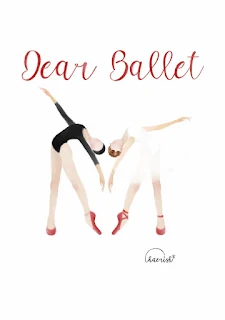Here's an overview of the history and development of ballet
### Origins and Early Development
- **Italian Renaissance (15th Century):** Ballet began as a form of entertainment in the courts of the Italian Renaissance. It was originally performed by the nobility and featured elaborate costumes and scenery.
- **French Influence (16th - 17th Century):** Ballet was brought to France by Catherine de' Medici, an Italian noblewoman who married King Henry II of France. She introduced the art form to the French court, where it evolved significantly. Under King Louis XIV, who founded the Académie Royale de Danse in 1661, ballet became more formalized and professionalized.
### Classical Ballet
- **18th Century:** Ballet continued to grow in popularity across Europe. The development of pointe work, where dancers perform on the tips of their toes, became prominent. This era also saw the rise of the ballerina as a central figure in ballet performances.
- **19th Century:** This period is known as the Romantic era of ballet, characterized by themes of love, fantasy, and nature. Famous ballets like "Giselle" and "La Sylphide" were created during this time. The tutu became a standard costume, allowing for greater freedom of movement.
### Russian Influence and the Golden Age
- **Late 19th to Early 20th Century:** Russia became a major center for ballet, with the Imperial Ballet School in St. Petersburg producing legendary dancers and choreographers. The works of Marius Petipa, such as "The Sleeping Beauty," "Swan Lake," and "The Nutcracker," are staples of the classical ballet repertoire.
- **Ballets Russes (1909-1929):** Founded by Sergei Diaghilev, this influential ballet company brought together some of the greatest talents of the time, including composer Igor Stravinsky and choreographer Vaslav Nijinsky. The company revolutionized ballet with innovative choreography, music, and set design.
### Modern and Contemporary Ballet
- **Mid to Late 20th Century:** Ballet continued to evolve, incorporating elements from modern dance. Choreographers like George Balanchine, who founded the New York City Ballet, introduced neoclassical ballet, characterized by minimal sets and costumes and a focus on the dance itself.
- **Contemporary Ballet:** Today, ballet is a dynamic and diverse art form, blending classical technique with contemporary styles. Companies worldwide experiment with new movements, music, and multimedia elements.
Ballet remains a vital part of the performing arts, celebrated for its grace, discipline, and ability to convey emotion and storytelling through movement.


